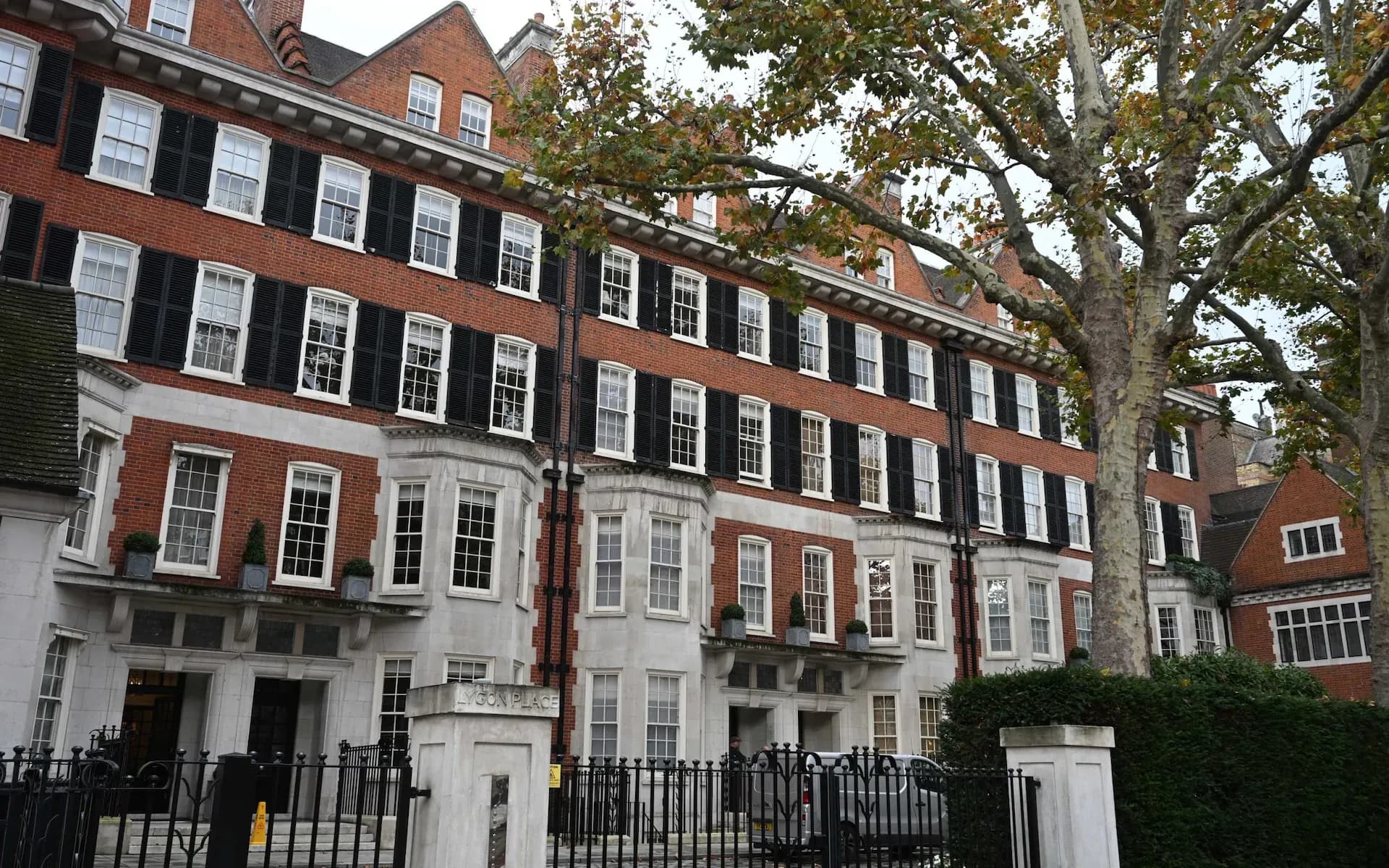Public Funding and Political Response
While the Bears' proposal has garnered support from Chicago Mayor Brandon Johnson, who envisions the stadium as a catalyst for economic growth and tourism, it faces scrutiny at the state level. Illinois Governor J.B. Pritzker and other state legislators have expressed reservations about allocating public funds to the project, citing concerns over the financial burden on taxpayers and the prioritization of public resources.
The Bears are seeking substantial public investment, including a $300 million loan from the NFL and bonds from the Illinois Sports Facilities Authority, to supplement their contribution.
Community Impact and Future Prospects
Beyond the stadium itself, the Bears' plan includes the development of surrounding areas into communal spaces, featuring athletic fields, recreational facilities, and improved access to the Museum Campus. These enhancements aim to provide lasting benefits to the local community and solidify Chicago's status as a premier destination for major events.
If approved, the new stadium would not only transform the city's skyline but also ensure the Bears' continued presence in Chicago, ending speculation about potential relocation to suburbs like Arlington Heights. As discussions continue, the proposal stands as a significant development in the intersection of sports, urban planning, and public policy.
Watch more:





